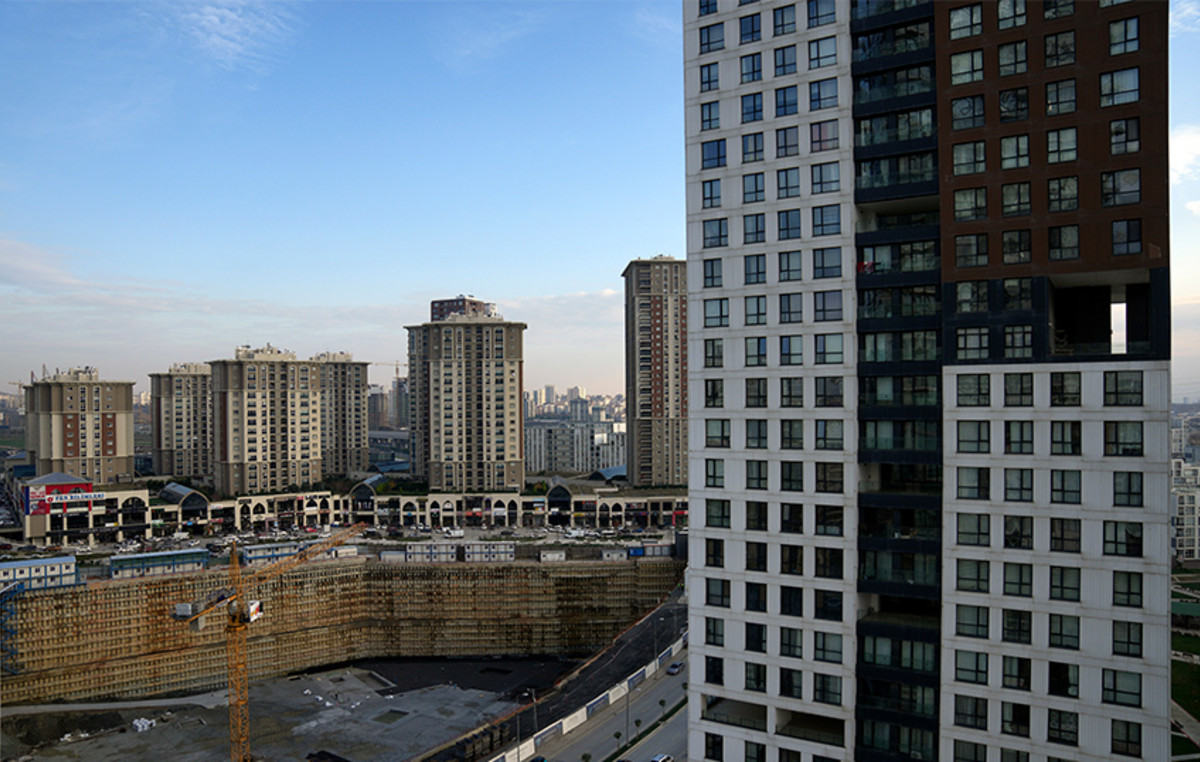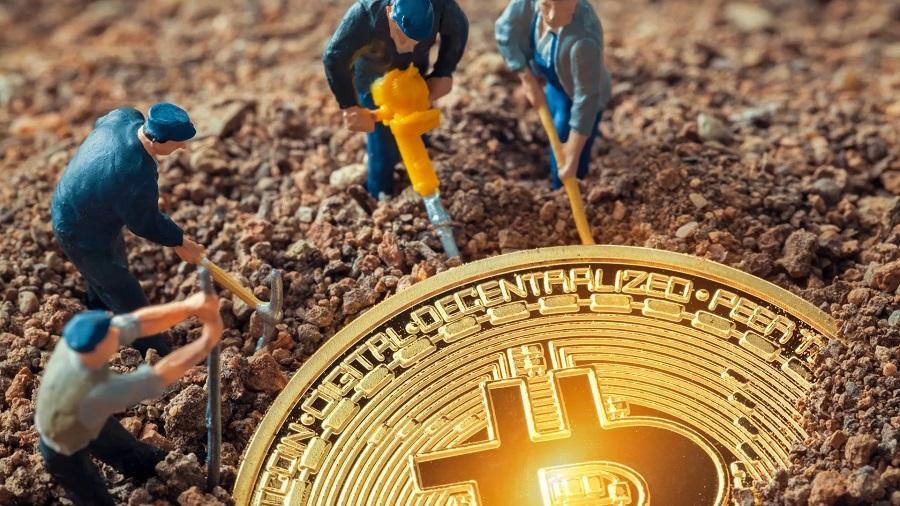The US market ended its best month in nearly two years, with another daily rally amid investor euphoria following Wednesday’s Fed meeting.
In particular, all three major indices closed today’s trading with strong gains, for Dow Jones in the +1% and them 32,846 units with a jump of 316 units, for the expanded one S&P 500 in the +1.4% and them 4,130 units and for the tech-weighted Nasdaq at +1.88 and them 12,390 units.
But even stronger was the month’s performance, which was the best for all three indexes since November 2020, as the Dow Jones ended July with a gain 6.7%the S&P with a jump 9.1% and the Nasdaq rallied 12.4%.
A course that is in stark contrast to the previous semester, when the market fell into bear market territory. However, investment sentiment appeared to be largely reversing as investor fears of aggressive rate hikes by the Federal Reserve began to subside.
“It’s been a week of a lot of financial data and corporate results,” Tom Mantione, chief executive of UBS Private Wealth Management, told Marketwatch. The market had been bracing for “bad news and so far this week it hasn’t seen it,” he said, adding that “earnings this season so far haven’t been as bad as most people expected.”
After yesterday’s session, after all, figures announced by Amazon and Apple far exceeded market estimates, providing strong optimism for logistics supply chains and consumer spending.
Particularly, Amazon reported revenue that far exceeded market estimates, but mostly gave an extremely bullish outlook and saw its stock perform strongly rally 10.4%.
Closely followed by Apple which was enhanced by 3.3% after seeing its earnings and revenue beat market estimates with demand for its flagship iPhone remaining extremely strong despite consumer inflation pressures.
At the same time, Chevron reported its biggest quarterly earnings in its history and rallied almost 9%as well as ExxonMobil which saw an increase 4.7% after profits – a record of $17.85 billion it posted in the quarter.
On the contrary, Intel reported second-quarter results that fell short of expectations and saw its stock sink by 8.5%.
Even greater were the pressures on Rokuwhich was demolished with -23%after it missed market estimates and downgraded its outlook for the year.
In any case, with nearly half of the S&P 500 companies reporting quarterly results, 76% beat earnings forecasts, according to Refinitiv data.
Elsewhere, investors are weighing yet another piece of negative news from the macroeconomic field, as after yesterday’s unexpected GDP contraction of 0.9%, it was announced today that the Federal Reserve’s preferred measure of inflation new jump in June, defying hopes that the price rally has peaked.
In particular, the personal consumption expenditure index increased by 1% in June from the previous month, with the structural index excluding food and energy strengthening by 0.6%.
As LPL Financial’s Jeffrey Roach notes, however, “this inflation measure was for June, and we know a lot has changed since then, especially in gasoline prices, so investors should view this report in historical context.”
“Looking ahead, July’s rate of inflation will ease slightly from last month as food and energy costs ease,” he adds.
For his part, Steve Sosnick, chief strategist at Interactive Brokers, points out that “today’s numbers were another reminder that we can’t pretend inflation won’t be a problem for a data-driven Fed.”
Earlier today, Atlanta Federal Reserve President Rafael Bostic said the Fed would need to continue raising interest rates to control inflation, but the pace and final level will be largely shaped by data from the next few months. two months.
A position that echoes that expressed by the bank’s president, Jerome Powell, on Wednesday, after the second consecutive increase in interest rates by 0.75%, greatly revitalizing the investment mood.
Finally, in the rest of the day’s macroeconomic news, the employment cost index rose 1.3% last quarter after accelerating 1.4% in the January-March period.
On a year-on-year basis, labor costs rose 5.1% after rising 4.5% in the first quarter, remaining well below the pace of inflation hovering around 9%.
Source: Capital
I am Sophia william, author of World Stock Market. I have a degree in journalism from the University of Missouri and I have worked as a reporter for several news websites. I have a passion for writing and informing people about the latest news and events happening in the world. I strive to be accurate and unbiased in my reporting, and I hope to provide readers with valuable information that they can use to make informed decisions.







